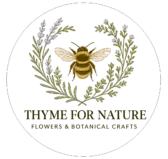Wild plants (weeds) are really amazing !
They provide pollinators with some of the most nectar-rich flowers and wildlife with food and shelter. They look beautiful, grow for free and many are edible, nutritious and medicinal If every garden had even just a small area of overgrown ‘weeds’ and wildflowers it would create a beautiful, essential corridor for bees, butterflies, moths and other threatened wildlife.
Salad burnet is a gorgeous, edible, perennial herb that grows easily in gardens. It has soft, feathery leaves that smell and taste like cucumber, great for salads and cocktails ! And its quirky, pink/red flowers are not only beautifully unusual but they’re also rich in nectar for pollinators.
It’s the kind of plant that is often seen as a weed and pulled out of the ground before it’s even had chance to flower but along with so many other ‘weeds’ this gorgeous plant will provide you and pollinators with free, nutritious food.
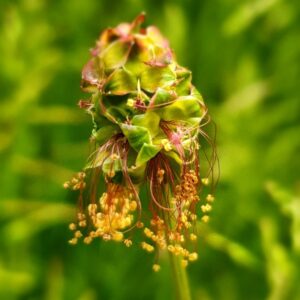
Great Mullein is a ‘weed’ that starts as a rosette of soft, fluffy leaves before growing a tall spike of beautiful, yellow flowers. It’s visited by female Wool Carder Bees who like to collect and use the soft hairs of the leaves as nesting material !
Mullein is also a vital food source for Mullein Moth caterpillars which are an important food source for many other animals in the garden.
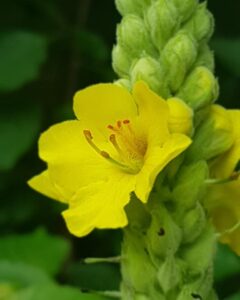
Ribwort and Broadleaf Plantain can be found growing in most gardens and although they’re usually considered to be annoying weeds, did you know that both of these humble plants that grow freely all around us are not only beneficial for wildlife but also have many valuable and effective medicinal uses !
The leaves of both Ribwort and Broadleaf Plantain can be used to treat insect bites, stings and cuts for itching and wound healing. Simply crush a clean, fresh leaf to extract the juice and apply it to the affected area. They’re also very effective at easing the discomfort caused by stinging nettles, more so than Dock leaves, as well as being completely natural and free !
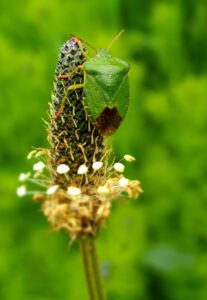
Yarrow is one of my favourite wildflowers & herbs. It’s a medicinal herb that grows freely all around us on grassed areas. It’s very beneficial for pollinators, in particular hoverflies who like flat, umbellifer flowers for quick and easy access to nectar.

A weed we can all recognise and probably one of the most demonised is Dandelion ! I wonder who convinced us that a beautiful, bright yellow flower that grows freely, provides essential, early nectar for pollinators and is a valuable source of nutritional and medicinal benefit should be destroyed….
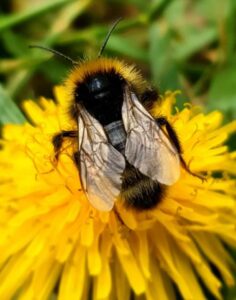
Stinging Nettles are another demonised wild plant, often for good reason due to their sting and persistence to take over. However, they can be included in a garden and managed. I don’t let nettles grow freely all around my garden, but I do let them grow in little, wild corners of the garden. They are essential food for caterpillars of the small tortoiseshell and peacock butterflies. White Dead Nettle, which look very similar to stinging nettles but don’t sting, are also very beneficial for pollinators too.
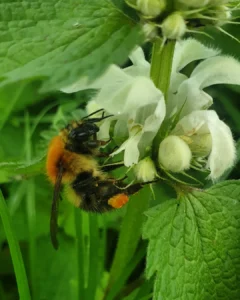
Common Knapweed is a beautiful, perennial weed with an abundance of small purple, fluffy flowers that provide nectar for pollinators in Summertime. It’s loved by bees !
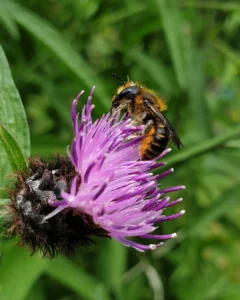
And last but not least Chickweed and Bittercress are very underrated plants. They both grow easily and freely around the garden all throughout the year and their tiny, white flowers provide nectar for pollinators when not much else is around. Not only are they beneficial for wildlife but they’re also both edible and nutritious !

There are so many wonderful weeds, too many to mention them all here ! If you’d like to give pollinators a helping hand; let some ‘weeds’ grow and flower. Rather than using pesticides; keep weeds controlled by removing them by hand if they begin to take over. So many weeds can be beautiful and beneficial if given a chance !
